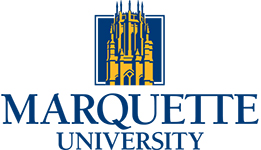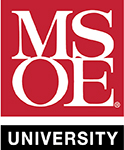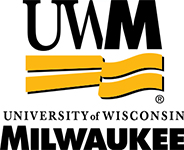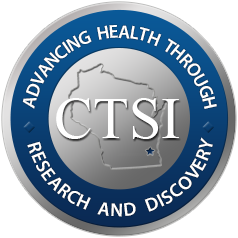Successful allogeneic transplantation of T-cell-depleted bone marrow from closely HLA-matched unrelated donors. N Engl J Med 1990 Feb 22;322(8):485-94
Date
02/22/1990Pubmed ID
2300120DOI
10.1056/NEJM199002223220801Scopus ID
2-s2.0-11944271130 (requires institutional sign-in at Scopus site) 263 CitationsAbstract
We describe a four-year experience with bone marrow transplantation involving closely HLA-matched unrelated donors and 55 consecutive patients with hematologic disease who were seven months to 48.6 years old (median, 18 years). An intensive pretransplantation conditioning regimen and graft-versus-host disease (GVHD) prophylaxis with CD3-directed T-cell depletion and cyclosporine were employed. Durable engraftment was achieved in 50 of 53 patients who could be evaluated (94 percent; 95 percent confidence interval, 83 to 98 percent). Acute GVHD of Grade II to IV developed in 46 percent of the patients (confidence interval, 27 to 66 percent). The incidence and severity of acute GVHD were increased in recipients of HLA-mismatched marrow as compared with recipients of phenotypically matched marrow (incidence of 53 percent [confidence interval, 37 to 68 percent] vs. 17 percent [confidence interval, 5 to 45 percent]; P less than 0.05). Extensive chronic GVHD and deaths not due to relapse also tended to be more frequent when HLA-mismatched marrow was used, but not significantly so. With a median follow-up of more than 19 months (range, greater than 9 to greater than 39), the actuarial disease-free survival of transplant recipients with leukemia and a relatively good prognosis (acute leukemia in first remission and chronic myelogenous leukemia in chronic phase) was 48 percent (confidence interval, 24 to 73 percent), and that of recipients with more aggressive leukemia was 32 percent (confidence interval, 18 to 51 percent); the actuarial survival of recipients with non-neoplastic disease was 63 percent (confidence interval, 31 to 86 percent). We conclude that marrow transplantation with closely HLA-matched unrelated donors can be effective treatment for neoplastic and non-neoplastic diseases. Although transplants from phenotypically HLA-matched unrelated donors appear to be most effective, transplants with limited HLA disparity can also be successful in some patients.
Author List
Ash RC, Casper JT, Chitambar CR, Hansen R, Bunin N, Truitt RL, Lawton C, Murray K, Hunter J, Baxter-Lowe LAMESH terms used to index this publication - Major topics in bold
AdolescentAdult
Bone Marrow Transplantation
Cause of Death
Child
Child, Preschool
Cyclosporins
Female
Follow-Up Studies
Graft Rejection
Graft vs Host Disease
HLA Antigens
Histocompatibility Testing
Humans
Infant
Leukemia
Lymphocyte Depletion
Male
Middle Aged
Prognosis
T-Lymphocytes
Time Factors
Tissue Donors









